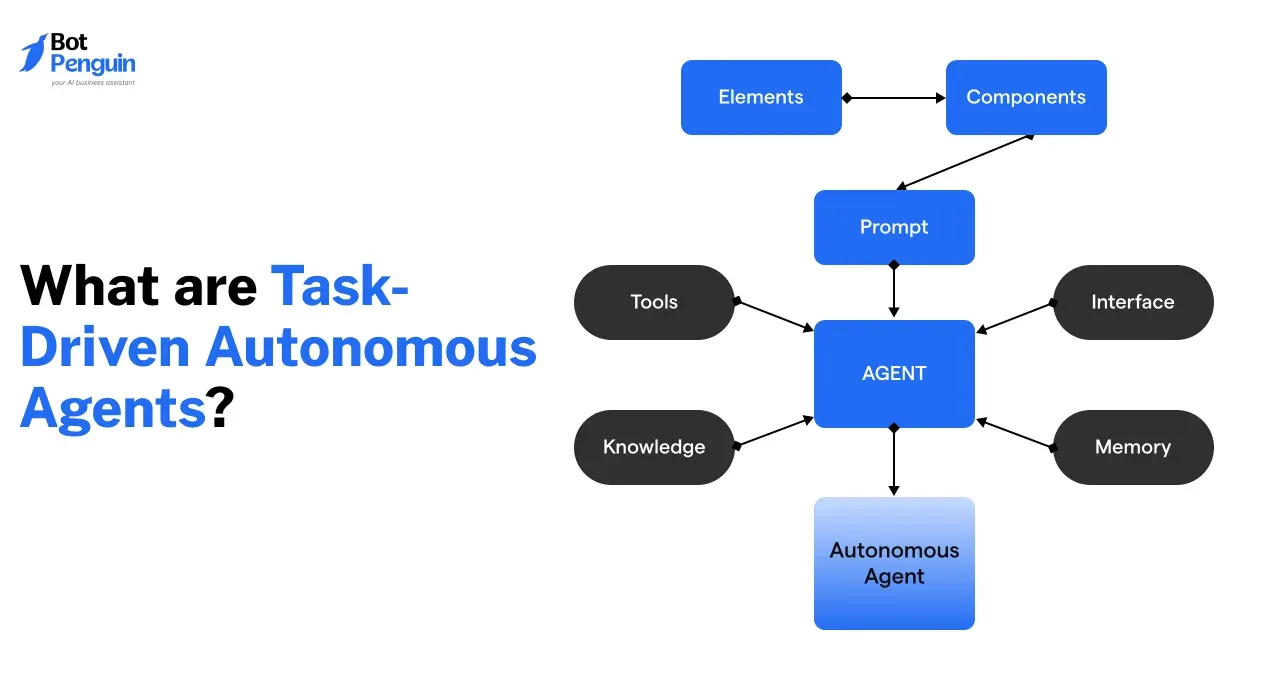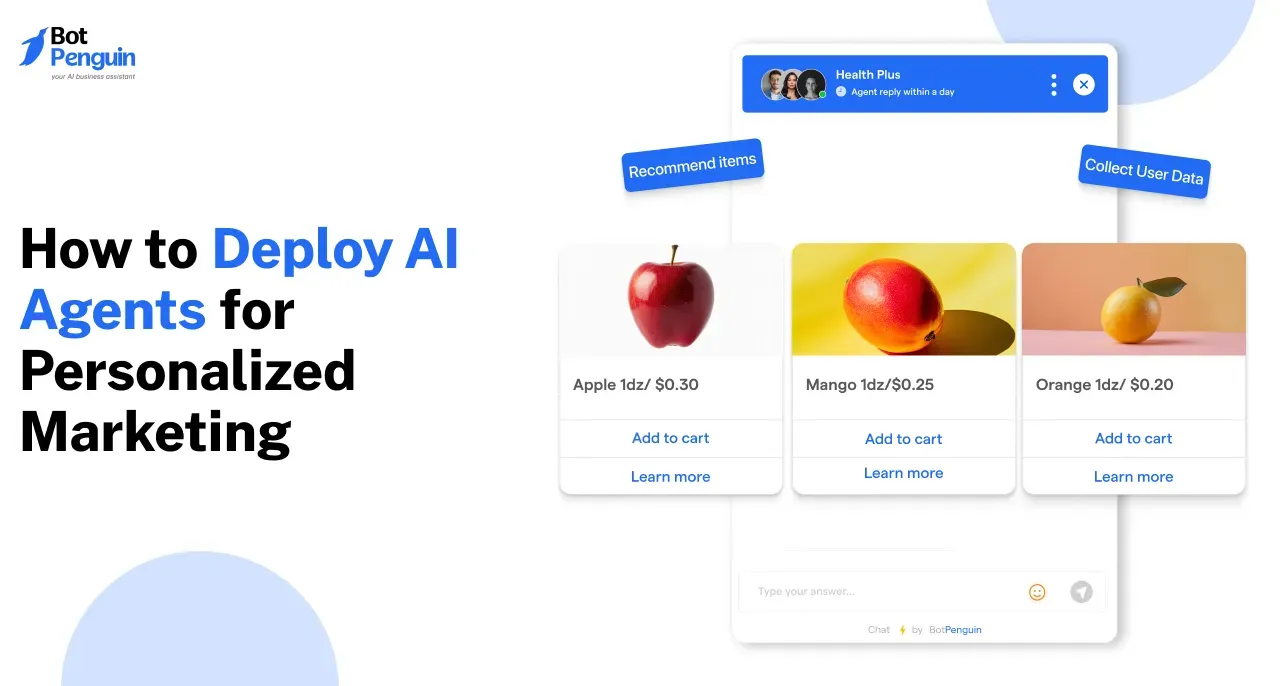Introduction
Have you ever come across the term digital human in sales? We all are definitely aware of other humans, but who is this other entrant gaining prominence?
Now, imagine a support agent who is always available, never gets exhausted, and remembers everything about every customer instantly. They are the digital humans donning the hat of sales assistants.
These AI-powered agents combine the efficiency of technology with the warmth of human interaction, offering personalized experiences that drive conversions.
In this guide, we will explore how digital humans are transforming sales by blending empathy, intelligence, and automation. Let us get started.
What is a Digital Human Support Agent?
A digital human support agent is an advanced AI-powered virtual assistant designed to simulate human interactions.
Unlike traditional chatbots, these agents mimic real-life conversational nuances, including tone, facial expressions, and emotional responses, creating an immersive customer experience.
Characteristics of a Digital Human
At its core, a digital human is a computer-generated representation of a human being that can seamlessly communicate with real audiences in virtual environments.
They can understand complex queries, adapt to user emotions, and maintain context across conversations.
Equipped with natural language processing (NLP) and emotional intelligence, they deliver personalized, human-like support that bridges the gap between technology and genuine connection.
These digital humans may sometimes be the exact replica of real people, mimicking their unique traits and behavior, while others may be purely fictional to bring fresh characters to life.
How Does a Digital Human Differ From a Traditional Chatbot and AI Assistants?
While traditional chatbots rely on pre-defined scripts and limited functionalities, digital humans offer dynamic and contextual interaction.
They are not confined to text responses but integrate verbal and visual cues for a richer experience.
Traditional AI assistants may struggle with complex emotional responses or maintaining engagement over long interactions. In contrast, a digital Human can empathize, offer solutions with warmth, and handle nuanced discussions, making them feel like real people.
While a chatbot might only offer generic answers to customer complaints, a digital human on the other hand can detect frustration, offer a personalized apology, and suggest practical solutions with empathy.
Technology Behind Digital Humans
The digital human is a marvel of modern technology, combining advanced systems to deliver life like and intuitive customer experiences.
Behind their seamless interactions lies a powerful blend of cutting-edge tools working in harmony to replicate human behavior and intelligence.
Artificial Intelligence (AI)
At the heart of every digital human is artificial intelligence. AI powers their ability to think, learn, and respond dynamically.
It enables these agents to understand customer queries, analyze intent, and provide accurate answers. AI also helps them adapt to different scenarios, ensuring their responses remain relevant and contextually appropriate.
For example, AI allows a digital human to switch between answering technical questions and engaging in casual conversation based on the user’s tone or mood.
Natural Language Processing (NLP)
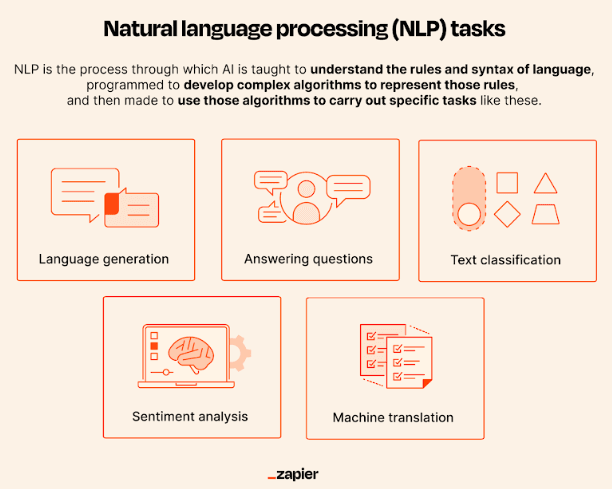
Natural Language Processing (NLP) is what makes a digital human capable of understanding and speaking like a real person.
NLP processes and interprets human language, enabling these agents to comprehend complex sentences, idiomatic expressions, and even slang.
NLP also helps with sentiment analysis, allowing a digital human to detect emotions like frustration or excitement in a customer’s words. This emotional intelligence is key to creating meaningful and empathetic interactions.
Machine Learning (ML)
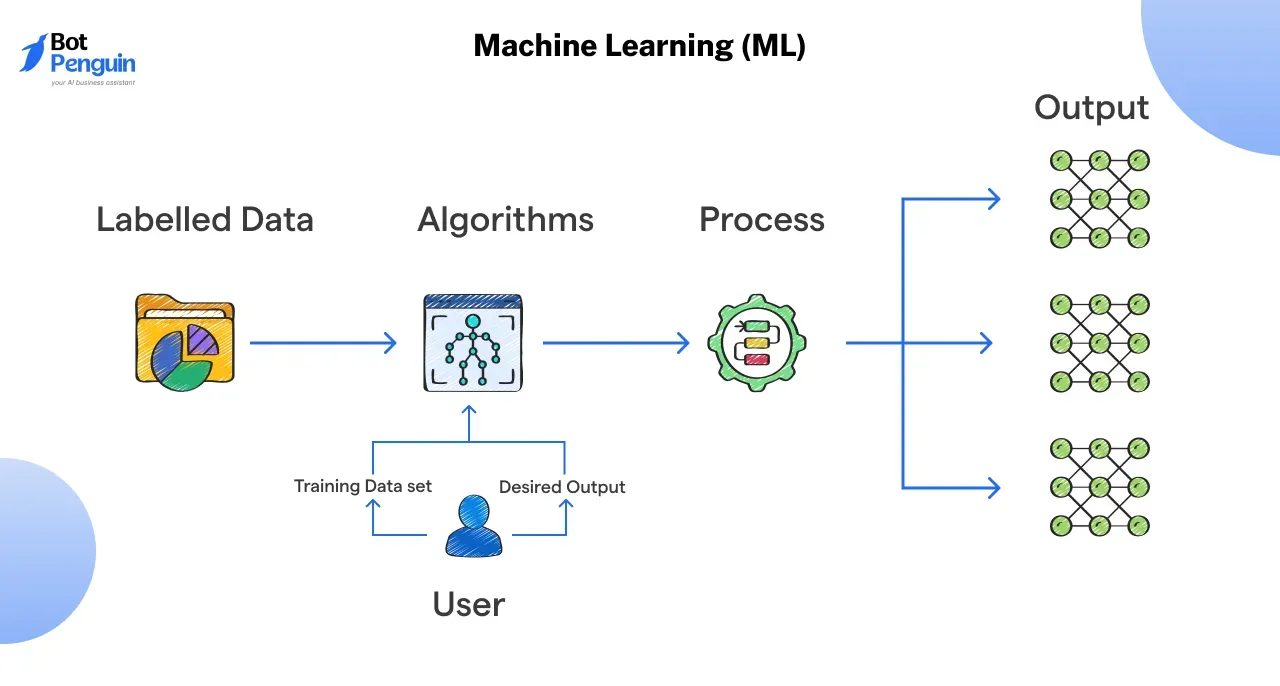
Machine Learning (ML) ensures that a digital human gets smarter with every interaction. By analyzing past conversations, ML enables them to recognize patterns, refine responses, and improve accuracy over time.
For instance, a digital human assisting customers with product recommendations will learn which suggestions are most effective. Over time, this leads to more targeted and successful recommendations, boosting customer satisfaction.
Facial Animation and Voice Synthesis
A digital human’s lifelike appearance and voice are the result of advanced facial animation and voice synthesis technologies.
Facial animation recreates human-like expressions, including smiles, frowns, and eyebrow movements, to make interactions more engaging.
Voice synthesis gives them a natural, clear, and emotionally expressive speech. This makes them feel approachable and relatable. For example, a digital human helping with travel bookings can express excitement when suggesting vacation destinations, enhancing the user experience.
When these technologies work together, they create a digital human capable of offering a seamless and immersive experience.
AI ensures intelligent decision-making, NLP facilitates smooth communication, ML drives continuous improvement, and facial animation and voice synthesis bring the interaction to life.
Benefits of Using Digital Humans for Sales Support
Businesses today face increasing pressure to meet customer demands efficiently and effectively. Enter the digital human, a revolutionary solution transforming sales support.
These AI-driven agents combine human-like interaction with the power of technology, offering unparalleled benefits for businesses and customers alike. Let us explore a few of their benefits below.
24/7 Availability
A digital human provides around-the-clock assistance, ensuring customer queries are addressed at any time. Unlike human agents bound by work hours, these AI-powered assistants are always available, improving customer satisfaction and reducing response times.
This 24/7 approach eliminates delays and helps businesses stay connected with global customers seamlessly.
Enhanced User Experience
One of the standout features of a digital human is its ability to understand and react to non-verbal cues. Hence, during conversations it can craft responses that feel uniquely personalized making customers feel more connected.
For example, it can suggest products based on past purchases or adapt their tone to match the customer’s mood, creating an engaging and relevant interaction every time.
Consistency in Communication
Human errors and inconsistencies in customer service can harm a brand’s reputation. A digital human, however, maintains a consistent tone and quality across all interactions.
Whether it is explaining a product feature or addressing a complaint, customers receive the same reliable support, enhancing trust and loyalty.
Multilingual Support
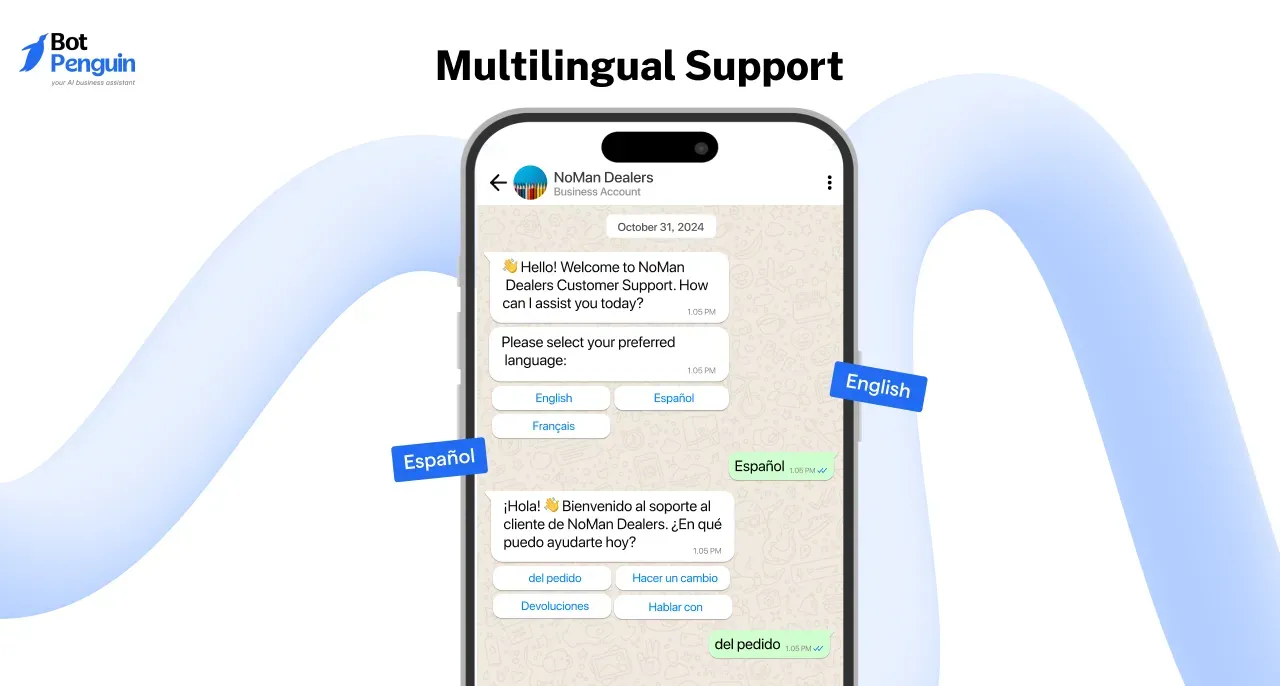
Language can often be a barrier in global markets. With advanced language processing capabilities, a digital human can communicate with customers in multiple languages.
This feature opens opportunities for businesses to expand internationally while ensuring every customer feels understood and valued, regardless of their native language.
Digital humans are transforming the way businesses interact with customers, providing seamless, round-the-clock, and personalized support enabling them to meet the demands of the fast-paced, global market.
Transforming Sales with Digital Humans
The digital human has evolved from a futuristic concept into a practical solution for industries seeking better customer engagement.
By blending advanced AI with human-like qualities, they are transforming sales across diverse sectors. Let us look at a few examples below.
Nola
The New Zealand electronics retailer Noel Leeming introduced "Nola," a digital human who helps customers with product recommendations and in-store navigation.
Nola provides advice on technology products by understanding customer needs and preferences, making the shopping experience both efficient and enjoyable.
Cora
NatWest, a leading UK bank, employs "Cora," a digital human capable of answering banking-related queries. Cora assists customers in opening accounts, managing their finances, and providing advice on financial products. ''
By using conversational AI combined with a human-like interface, Cora simplifies banking for users while ensuring high-quality, consistent support.
Ava
Autodesk, a software company, employs "Ava," a digital human designed to assist users in navigating their product range.
Ava answers technical questions, guides customers through subscriptions, and provides troubleshooting advice. This has enhanced the customer experience by making technical support more intuitive and engaging.
All these examples of digital humans highlight how AI-driven solutions are helping sales and customer support provide personalized, efficient, and human-like interactions that can enhance customer experiences across industries.
How Digital Humans Improve Sales?
Sales success depends on speed, personalization, and customer trust. The digital human excels in all three, making it an essential tool for businesses. Let us find out more about this below.
Faster Response Times
Customers value instant answers. A digital human provides real-time assistance, reducing friction in the buying journey. Unlike traditional support channels, they can handle multiple queries simultaneously and respond without delays.
For example, when a customer is browsing a website and has questions about product specifications or availability, a digital human can immediately provide the needed information.
This instant engagement prevents customers from leaving the website due to unanswered queries, increasing conversion rates.
Upselling and Cross-Selling
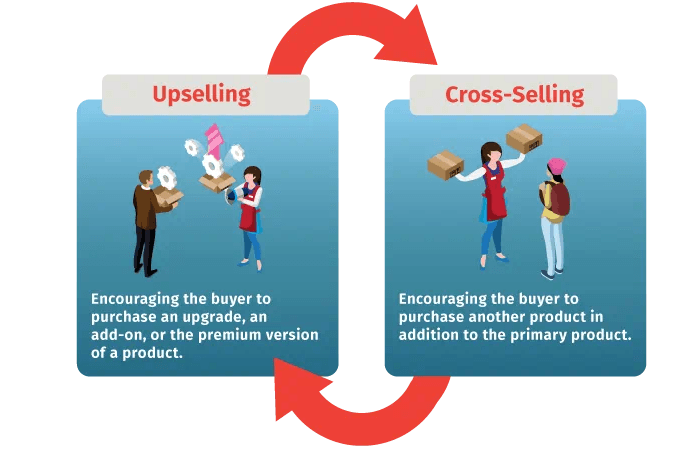
A digital human excels at upselling and cross-selling by analyzing customer behaviors. They suggest complementary products or premium upgrades during the shopping process.
For instance, a customer buying a smartphone might be prompted to consider accessories such as a case or headphones.
A Digital Human can explain how these items enhance the purchase, increasing the average order value while maintaining a helpful and natural tone.
Lead Generation
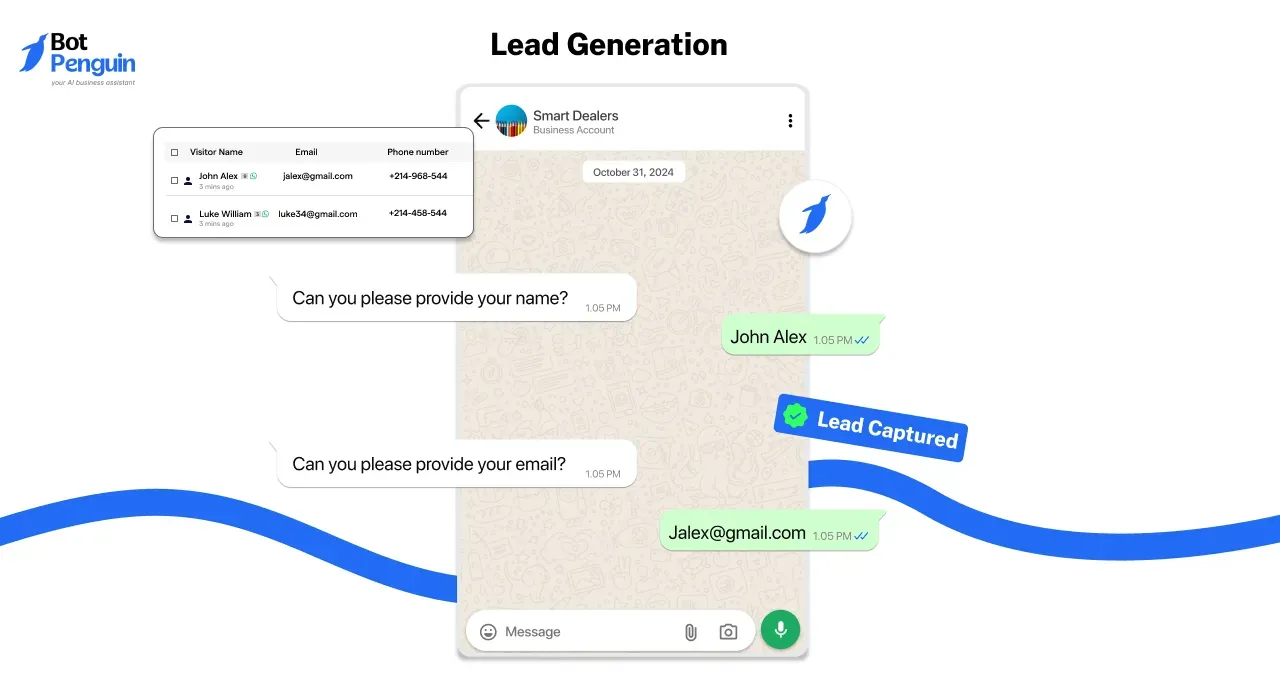
Engaging potential customers is critical for generating sales leads. A digital human can initiate conversations, ask qualifying questions, and collect contact information. This data helps businesses identify and target high-potential leads.
Imagine a digital human on a car dealership’s website. They could interact with visitors, ask about their preferences, and guide them toward suitable models. By collecting details like budget and preferred features, the business gains valuable insights for follow-up sales efforts.
Customer Retention
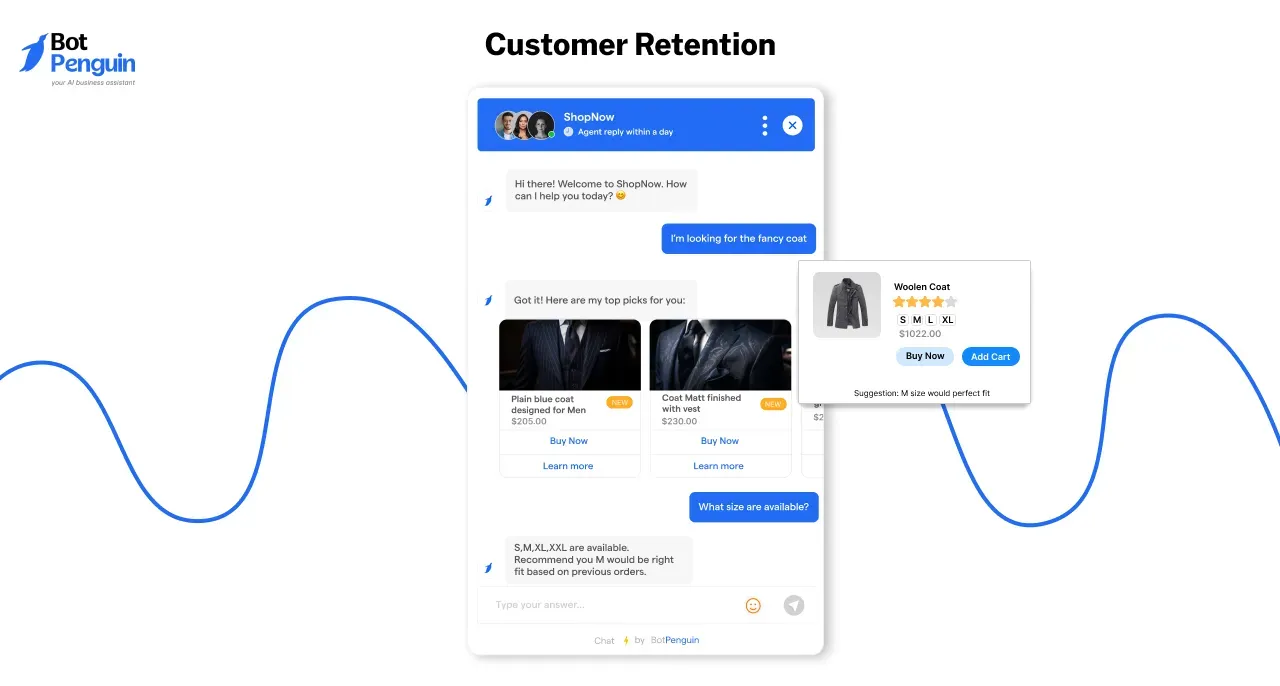
Personalized experiences are the key to customer loyalty, and a digital human delivers them effortlessly. They remember past interactions, adapt to customer preferences, and provide consistent, empathetic support.
For example, an e-commerce platform could use a digital human to recommend products based on a customer’s previous purchases. When a customer feels understood and valued, they are more likely to return, boosting retention rates and long-term sales.
By combining speed, personalization, and intelligent interaction, digital humans are reshaping sales strategies, helping businesses boost conversions, enhance customer loyalty, and unlock long-term growth opportunities.
Challenges of Implementing Digital Humans
While the digital human offers exciting opportunities for improving sales and customer engagement, implementing this technology comes with its own set of challenges.
From development costs to customer perceptions, businesses need to address these hurdles to maximize their effectiveness. Let us probe in detail below.
Initial Costs of Development and Integration
Creating a digital human requires significant investment in AI development, design, and integration with existing systems.
For smaller businesses, these upfront costs can be a barrier. Additionally, ensuring the technology aligns seamlessly with workflows often involves ongoing expenses for maintenance and updates.
Ensuring Accuracy and Avoiding Errors in Communication
A digital human must deliver accurate and contextually appropriate responses. Errors, such as misunderstanding a query or providing incorrect information, can frustrate users and harm a brand’s reputation.
Fine-tuning the AI and regularly updating it with relevant data is critical to overcoming this challenge.
Data Privacy Concerns and Compliance Issues
To function effectively, a digital human collects and processes customer data. This raises concerns about privacy and the potential misuse of sensitive information.
Businesses must ensure compliance with data protection laws like GDPR or CCPA, implementing strong security measures to safeguard user data.
Customer Acceptance and Managing Expectations
Some customers may initially find interactions with a digital human impersonal or confusing. Building trust and managing expectations requires careful design, including clear communication about the digital human’s capabilities and limitations. Training users through engaging onboarding processes can also help increase acceptance.
While implementing digital humans presents challenges, addressing them with thoughtful planning and execution can unlock their full potential, driving enhanced customer experiences and business growth.
Steps to Implement Digital Humans for Sales Support
Implementing a digital human for sales support requires a structured approach to ensure success.
Every step, from identifying needs to scaling operations, plays a critical role in integrating this technology effectively. Here is a detailed guide to help you get started.
Step 1
Identify the Use Cases in Your Sales Funnel
Begin by analyzing your sales funnel and figuring out where a digital human can create the most impact. Identify repetitive tasks or areas where customer interactions are critical yet time-consuming.
Common use cases include:
- Lead Generation: Engaging potential customers on your website and collecting their contact details.
- Product Inquiries: Answering frequently asked questions about features, pricing, or availability.
- Cross-Selling and Upselling: Offering personalized product recommendations based on user behavior.
- Post-Purchase Support: Assisting with returns, exchanges, and troubleshooting.
This analysis ensures your digital human is strategically placed to enhance efficiency and customer satisfaction.
Step 2
Choose the Right Platform or Partner for Development
Selecting the right development partner or platform is crucial. Look for experienced providers who specialize in creating digital humans with advanced capabilities such as:
- Natural Language Processing (NLP) for understanding complex queries.
- Machine Learning (ML) for continuous improvement.
- Facial Animation and Voice Synthesis for lifelike interactions.
Evaluate their ability to integrate seamlessly with your existing tools, such as Customer Relationship Management (CRM) systems, live chat platforms, or e-commerce websites. Assess the scalability and support they offer to handle future growth.
Step 3
Train Your Digital Human with Your Brand’s Data and Tone
Once you have chosen a platform, customize your digital human to align with your brand’s identity. Train it using:
- FAQs and Knowledge Bases: Equip it with answers to common customer questions.
- Customer Interaction Scenarios: Simulate practical conversations to test the digital human's adaptability.
- Brand Guidelines: Ensure its tone, language, and personality match your brand’s image.
For example, a luxury brand may want its digital human to sound sophisticated and professional, while a casual retail brand might prefer a friendly and approachable tone.
Step 4
Pilot and Test in a Controlled Environment
Before a full-scale launch, deploy your digital human in a controlled environment to monitor its performance. This could involve:
- Testing it on a specific webpage, such as a product category or FAQ section.
- Limiting its interaction to a particular customer segment, like new visitors.
- Monitoring its ability to answer questions, solve problems, and adapt to various queries.
Gather feedback from test users to identify any gaps or areas of improvement. For example, if customers report unclear responses, refine the digital human’s training data or conversational logic.
Step 5
Scale and Optimize Based on Customer Feedback and Analytics
Once testing confirms the digital human’s effectiveness, scale its deployment across more channels, such as your website, mobile apps, and social media. Use analytics to measure:
- Customer Satisfaction: Track feedback and reviews from users interacting with the digital human.
- Conversion Rates: Assess how well it drives sales, such as through upselling or resolving queries quickly.
- Efficiency Metrics: Monitor its impact on reducing response times or handling support requests.
Optimize its performance continuously by updating its knowledge base, integrating new features, and expanding its capabilities. For instance, adding multilingual support can help reach global audiences more effectively.
With these steps, you can seamlessly integrate a digital human into your sales process, ensuring a more efficient, personalized, and customer-friendly experience while facilitating future scalability and success.
Measuring the Success of a Digital Human
To maximize the impact of a digital human, it is essential to measure its effectiveness regularly. By tracking specific metrics, businesses can assess performance, identify areas for improvement, and ensure the technology contributes meaningfully to sales and customer satisfaction. The key performance indicators (KPIs) to track are given below.
Conversion Rates
Monitor how well the digital human drives customer actions, such as completing purchases, signing up for newsletters, or requesting consultations.
Higher conversion rates indicate effective interactions and increased customer trust.
Customer Satisfaction Scores (CSAT)

Use surveys to gather customer feedback after interactions with the digital human.
A consistently high CSAT score reflects the agent’s ability to meet customer expectations with helpful and empathetic responses.
Average Response Time
Measure how quickly the digital human responds to customer queries. Faster response times reduce frustration and improve the overall experience, especially during high-demand periods.
Revenue Impact From Upselling or Cross-Selling
Evaluate how effectively the digital human suggests relevant products or services. Track revenue generated from these recommendations to determine its contribution to your bottom line.
Using Analytics to Continuously Improve Performance
Analytics tools provide valuable insights into the digital human’s performance.
Examine interaction logs, customer feedback, and usage patterns to identify trends and areas for improvement. Regularly update the AI’s training data and algorithms to enhance accuracy and engagement.
By evaluating these key metrics, you can optimize your digital human's performance, ensuring it continuously enhances customer interactions, drives sales, and supports long-term business growth.
Conclusion
The digital human is transforming sales by combining advanced AI with human-like interactions, delivering personalized and efficient customer experiences. From reducing response times to driving revenue through upselling and cross-selling, their impact is undeniable.
However, successful implementation requires careful planning, the right platform, and continuous performance monitoring. Businesses must address challenges like data privacy and customer acceptance while using analytics to optimize results.
Platforms like BotPenguin, serve as crucial support agents by automating key aspects of customer service and sales. Its AI-driven chatbots can guide customers, provide instant responses, and assist with product recommendations, streamlining sales processes and increasing revenue potential.
These bots also contribute to valuable insights through customer interactions, further enhancing the sales process.
By embracing this innovative technology, companies can not only enhance customer satisfaction but also gain a competitive edge in an evolving marketplace. The future of sales support is here, and it’s powered by both digital humans and AI-driven solutions like BotPenguin.
Frequently Asked Questions (FAQs)
Can a digital human handle complex sales interactions?
Yes, a digital human can manage complex sales scenarios by using advanced AI to analyze customer preferences, offer upselling and cross-selling opportunities, and provide relevant solutions. It can also remember previous interactions, creating a seamless and consistent experience.
What industries benefit most from digital humans?
Industries like retail, banking, healthcare, e-commerce, and hospitality benefit from digital humans, using them for customer support, lead generation, product guidance, and complex service delivery.
Can small businesses implement digital humans for sales?
Many digital human solutions are scalable, offering cost-effective plans tailored to small businesses. These solutions provide significant ROI by increasing sales and enhancing customer experiences.
How can BotPenguin improve sales as a support agent for businesses?
BotPenguin excels at automating customer support and sales functions. By using intelligent chatbots, it can provide 24/7 customer assistance, respond to inquiries instantly, and guide users through product offerings.
This efficiency helps increase conversion rates, provide personalized product recommendations, and reduce the workload on human agents, ultimately improving sales and customer satisfaction.
How does a digital human ensure data security in customer interactions?
A reliable digital human adheres to strict data protection regulations, such as GDPR. It uses secure servers and encryption to safeguard customer information during interactions.

